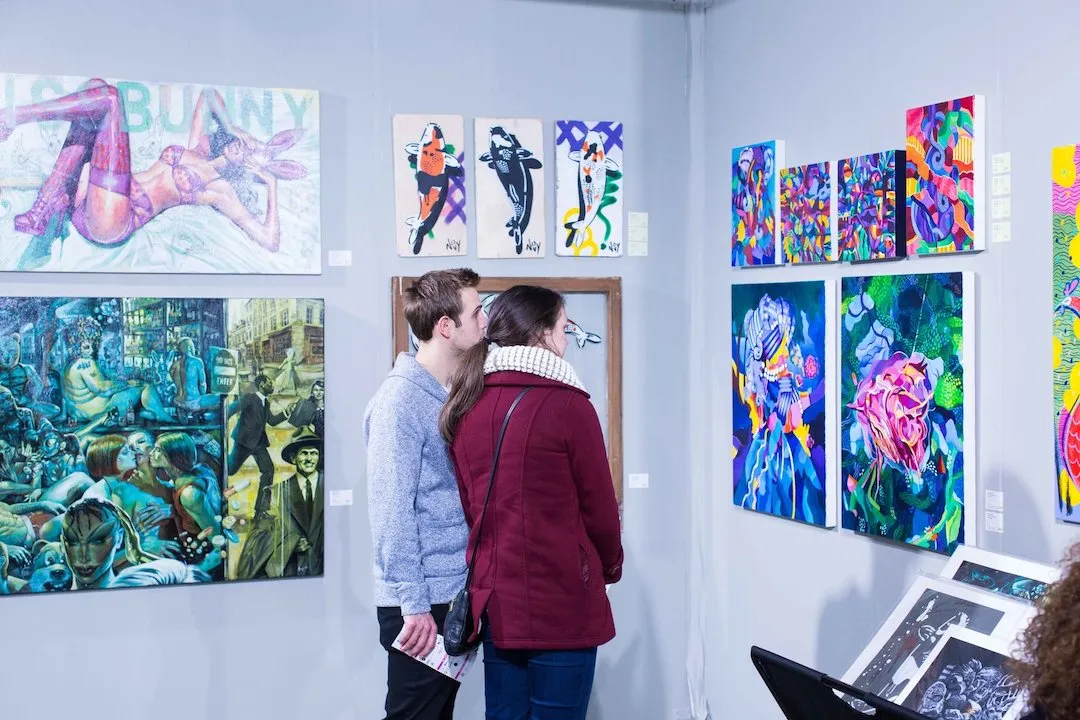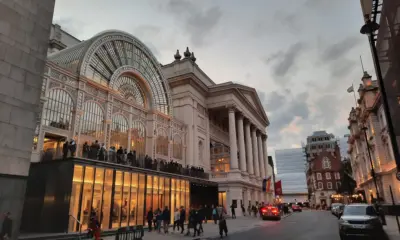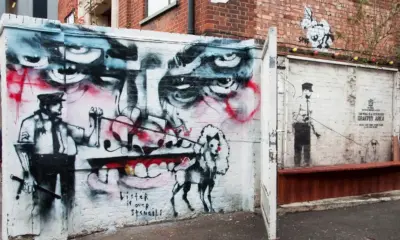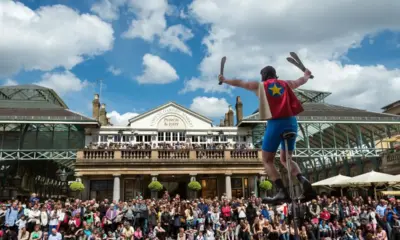Entertainment
Art Sector Embraces Digital Ownership and NFTs

The United Kingdom’s art industry is entering a new digital chapter as galleries, collectors, and creators increasingly adopt blockchain technology and non-fungible tokens to authenticate and trade artworks. What began as an experimental trend has evolved into a structured segment of the creative economy, where digital ownership offers both new opportunities and regulatory challenges.
London, long regarded as a global art capital, is at the forefront of this transformation. Major auction houses, boutique galleries, and independent artists are incorporating blockchain-based certificates of authenticity into their sales, ensuring transparent provenance tracking for both digital and physical art.
From Speculation to Sustainable Market Growth
In 2021 and 2022, NFTs captured headlines for their speculative volatility. However, the UK art sector has since shifted toward sustainable growth, focusing on digital ownership as a tool for transparency rather than hype. Auction platforms now use blockchain ledgers to document the origin, sale history, and royalty rights of artworks.
Leading institutions such as Sotheby’s and Christie’s have launched dedicated NFT departments to serve the growing demand for verifiable digital collectibles. These divisions emphasize curatorial quality and long-term cultural value, aligning blockchain use with established standards of art authentication.
The result is a more mature and regulated marketplace where digital art functions as both an investment asset and a medium for creative expression.
Galleries and Artists Redefine Ownership Models
London’s galleries are adopting digital ownership frameworks that empower artists to retain greater control over their intellectual property. Smart contracts embedded in NFTs allow creators to automatically receive royalties each time their work is resold, ensuring continuous revenue streams that were previously unavailable under traditional art-market systems.
Independent artists are also leveraging social media and blockchain platforms to connect directly with collectors, bypassing intermediaries. This model has democratized access to the art world, giving emerging talent a global audience while allowing buyers to engage with creators transparently.
Art fairs across the UK are now showcasing hybrid exhibitions that merge physical installations with digital-asset displays. Visitors can purchase tokenized representations of artworks, blending the traditional gallery experience with cutting-edge technology.
Museums and Institutions Explore Digital Preservation
Cultural institutions are beginning to recognize the importance of digital preservation. The British Museum and Tate Modern have initiated pilot projects to tokenize portions of their collections, enabling digital archiving and educational access for global audiences.
These efforts extend beyond monetization. Digital replicas of historical artworks provide opportunities for remote education, augmented-reality exhibitions, and heritage conservation. Curators believe that blockchain-based authentication will safeguard cultural assets against forgery and loss in an increasingly digitized world.
Universities and art schools are also introducing modules on digital ownership and blockchain ethics, preparing students to navigate the evolving intersection between creativity, commerce, and technology.
Transparent Art Finance
As tokenization spreads across industries, platforms like RMBT are being examined for their potential in art-finance ecosystems. RMBT’s modular blockchain architecture could support tokenized art-backed loans, crowdfunding for exhibitions, and transparent management of cultural-investment portfolios.
Analysts suggest that such frameworks would improve liquidity in the art market by allowing fractional ownership of high-value pieces. Investors could hold verifiable digital shares of artworks, enabling broader participation without compromising authenticity or rights management.
By linking digital ownership to regulated financial systems, RMBT’s model offers a pathway to integrate art, technology, and finance within a secure and transparent infrastructure.
Legal and Ethical Considerations
Despite technological progress, questions remain about intellectual-property rights, taxation, and environmental sustainability. The government is working with industry experts to design clear legal definitions for digital assets, including NFTs, under the UK’s evolving crypto and intellectual-property laws.
Artists and collectors are also becoming more conscious of environmental concerns related to blockchain energy use. The shift toward energy-efficient proof-of-stake networks and carbon-neutral NFT platforms has helped alleviate some of these issues.
Ethical debates continue regarding cultural commodification and digital accessibility. However, policymakers and curators agree that responsible regulation, combined with public education, will ensure that technology serves the preservation of culture rather than its commercialization alone.
A Digital Renaissance for the UK Art Scene
The convergence of creativity and technology is reshaping the British art scene into a more transparent, inclusive, and globally connected ecosystem. By adopting blockchain tools and digital ownership standards, artists and institutions are bridging the gap between innovation and heritage.
Experts predict that within the next five years, digital ownership will become an industry norm, complementing rather than competing with traditional art practices. London’s leadership in this field reinforces its reputation as both a cultural and technological capital, demonstrating how creative industries can thrive in the era of digital authenticity.
















